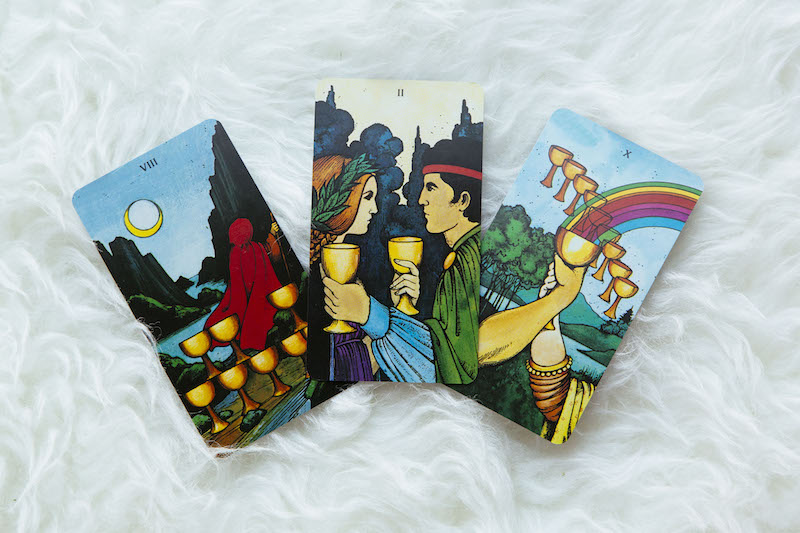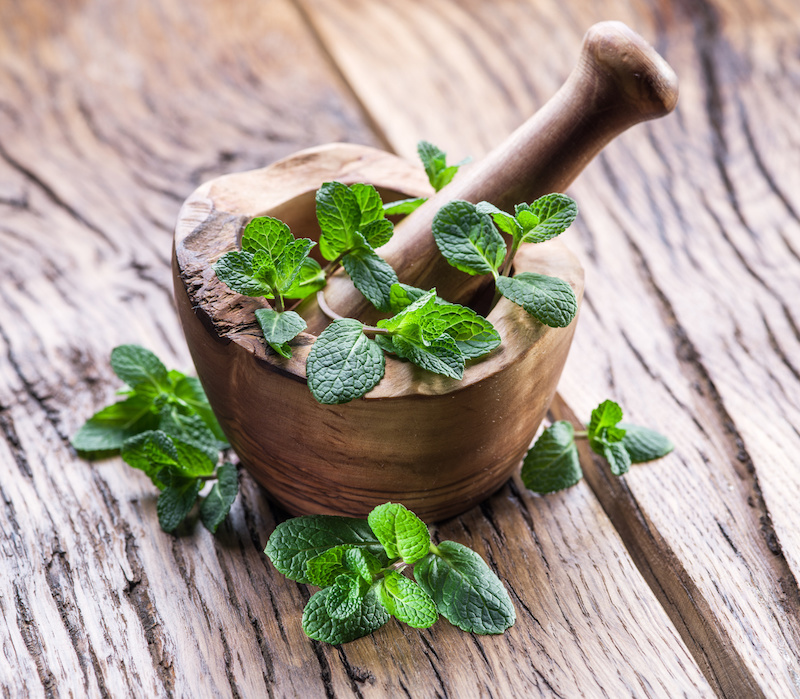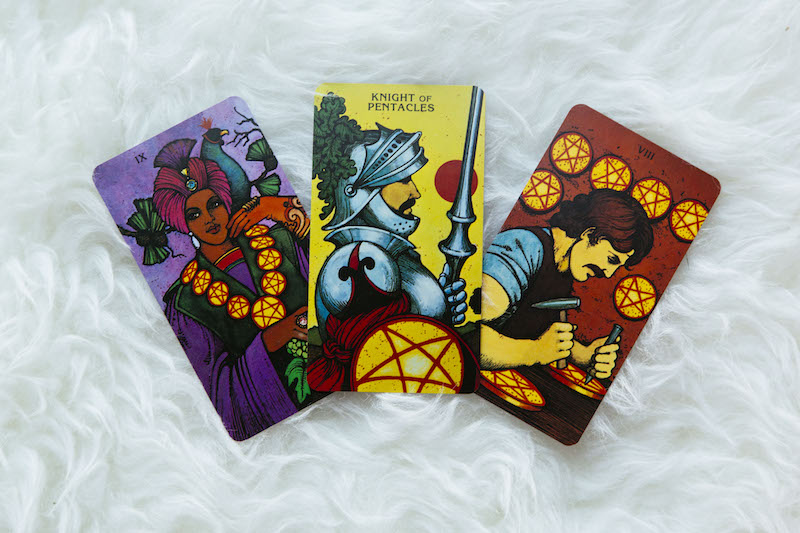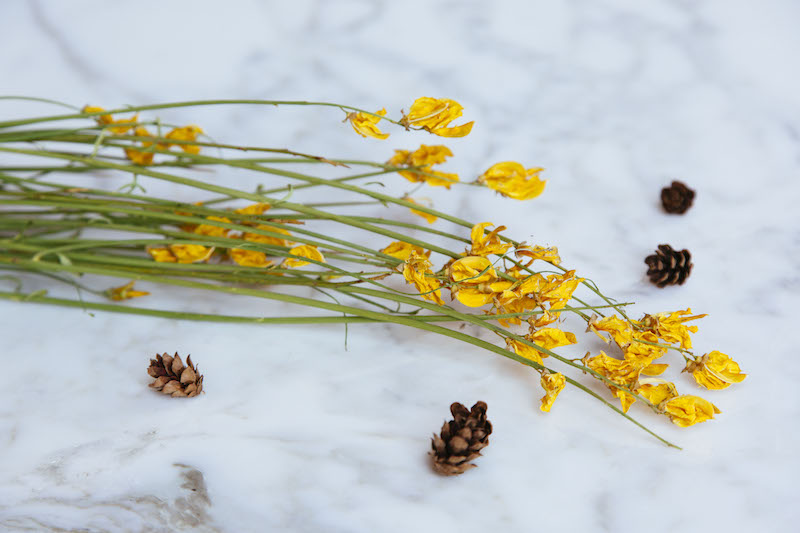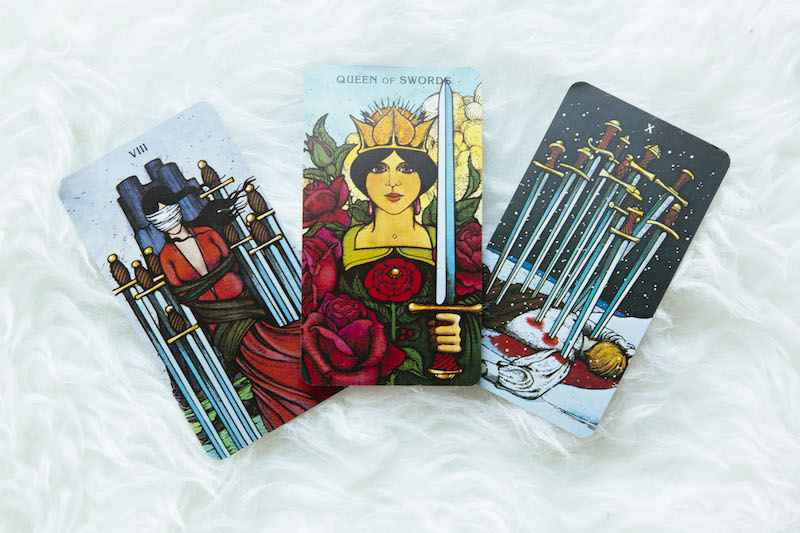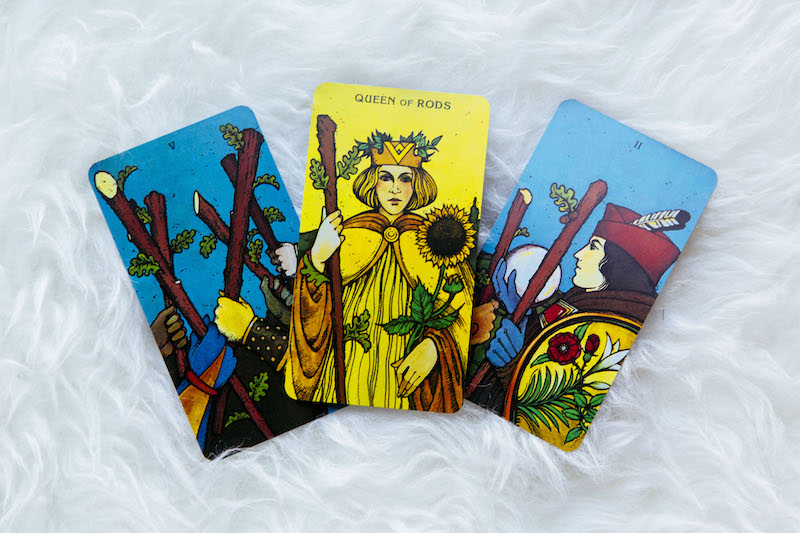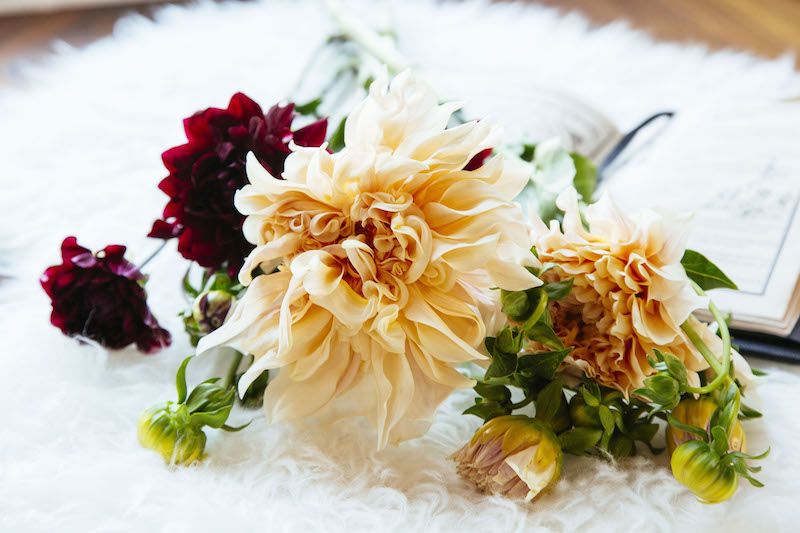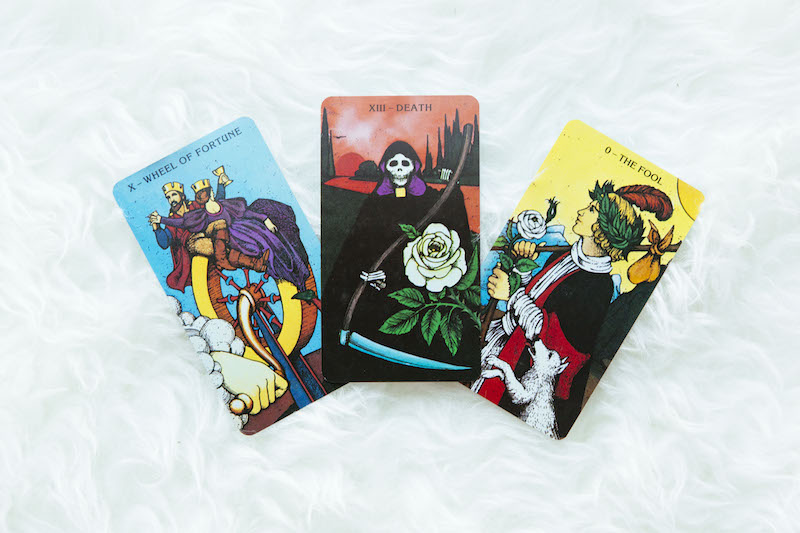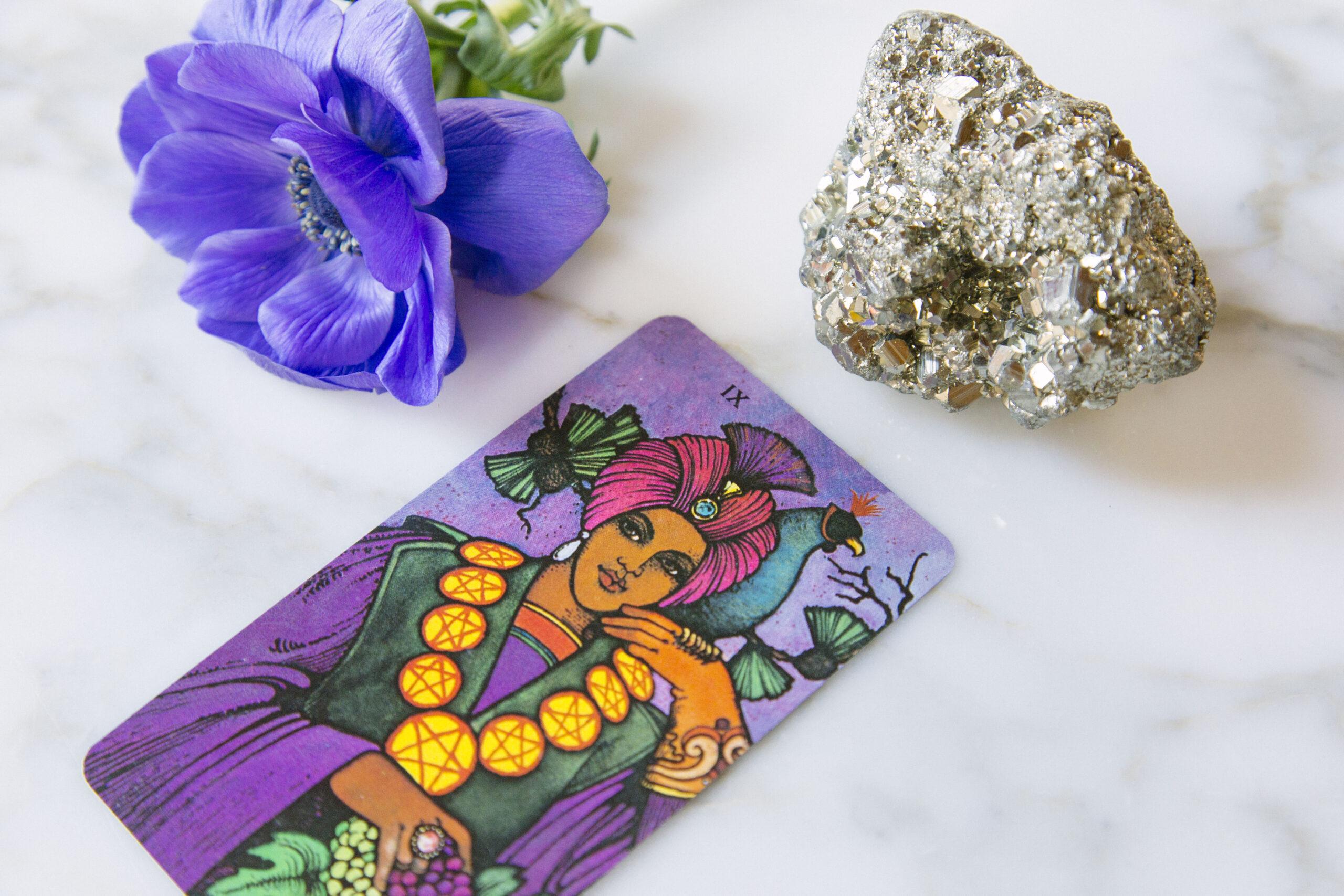Understanding Tarot – The Cups
Written By: Dr. Nikki The Cups are the best known suit in the tarot. Symbolizing our deeper emotions, this suit can be represented in a number of ways. Cups are the more standard and most often seen in decks, but they can appear as Chalices, Bowls, and Hearts. The Cups equate to the suit of Hearts in a standard card deck. The Cups are aligned with the element of Water, which rules emotions and, especially, love. Water is fluid, as our emotions. Water reflects how we express our inner selves to the world. Man can live without food for weeks, but can only survive a few days without water. Water, and our emotions, are the stuff that life is made of. Strongly influencing the relationships you have with others in the world, Cups can indicate a need for transforming or changing the way you interact with others. Creativity is said to come from the heart – from the emotion. As a representation of water, the Cups invite us to drink from the flow of life …
